RIGHT NOW, IN THE EXTENDED present time, human beings are experiencing a shift in their perceptions of the world, of reality. It’s happening silently, beneath the surface, and most are unaware of it. Completely unaware of it.
That’s because we think our thoughts without knowing where they’re coming from. What’s the source? We all have a framework of ideas and assumptions in our minds, but we’re oblivious to it. We absorb it from the cultures we grow up in and from our religions and education. Like the studs and joists that frame a house, these ideas and assumptions hold together and give shape to our perceptions of what we experience during our lifetimes.
For about 500 years, ideas generated during the Scientific Revolution of the 1500s have acted as the studs and joists of peoples’ thoughts. Copernicus, Bacon, Galileo, and Newton were a few of the scientists of that period, and Sir Isaac Newton was the one among them who promulgated these discoveries. Their basic revolutionary ideas taught that the earth revolved around the sun, that everything is composed of small particles, that everything happens mechanistically and can be explained by mathematics, and that natural laws must be supported by observable data.
On the basis of those discoveries, people in the modern world have learned to look at the separate parts of their experiences, the separate parts of their world. Analysis is the primary tool we use to understand something, while its counterpart, synthesis, is not often applied. We deconstruct, we take things apart, and we look at the parts to try to understand the whole. But in our current complex world, the skills we learned from the Scientific Revolution are no match for the problems we have created.
Fortunately, a new scientific ferment is underway that offers to expand our toolkit. The new tools deriving from chaos and complexity theory and systems thinking build out from our current set and equip us to tackle the overabundance of complexity in our world. Instead of a focus on identifying the parts of something, now we’re encouraged to pay attention to the way all the parts interact and interrelate. When we’re faced with a complex problem, with its multitudinous number of parts, with activity happening at different levels and in different spheres, and with change being constant, our old toolset is completely inadequate. Trying to identify parts that are in flux gets us nowhere, and besides, there are too many of them. It’s overwhelming.
Instead, the new sciences teach us to look at process, at the way everything is relating to everything else, at the activity in the system. And then we simplify the picture by looking for patterns in and among the interrelationships. The patterns elevate into our view the most important relationships, those that give meaning to the whole situation. Once we know what the patterns are, we know where to exert leverage to shift the situation in a more desirable direction. Our article, Chronic Illness, shows how we used this new approach to help a patient address the complex problem of recurrent stage IV cancer by identifying the patterns in his family history that were causing him to resist healing. The same approach works on all levels of scale.





